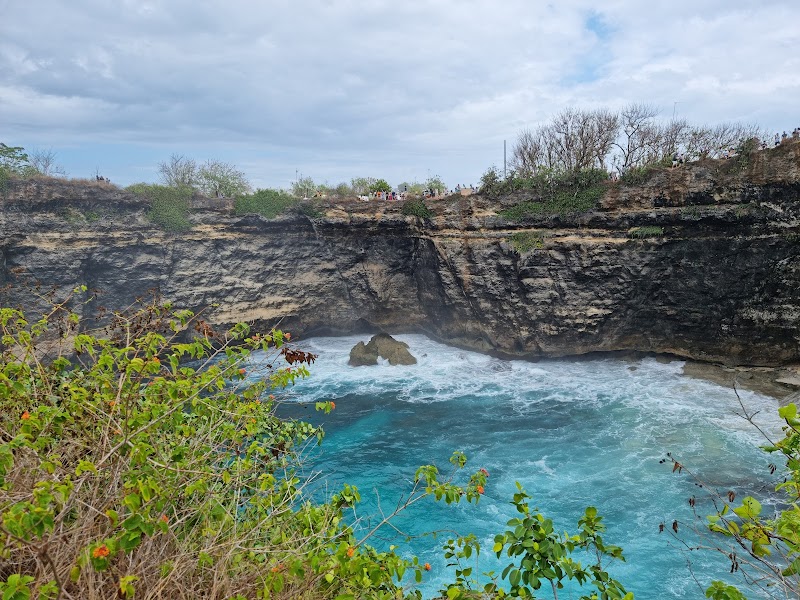
Nusa Penida Marine Protected Area Adventures
Nusa Penida Marine Protected Area is a crucial marine conservation zone around the islands of Nusa Penida, Nusa Lembongan, and Nusa Ceningan, offering spectacular underwater biodiversity and world-class diving experiences.
About Nusa Penida Marine Protected Area

The Nusa Penida Marine Protected Area (MPA) encompasses the waters surrounding the islands of Nusa Penida, Nusa Lembongan, and Nusa Ceningan off the southeastern coast of Bali, Indonesia. Established to protect coral reefs, marine megafauna, and their habitats, this MPA covers approximately 20,000 hectares of tropical marine ecosystems. The area is known for its vibrant coral gardens, strong currents, and deep underwater walls, making it an internationally recognized destination for snorkeling and diving. The marine biodiversity includes endangered species such as manta rays, mola mola (ocean sunfish), sea turtles, reef sharks, and numerous tropical fish varieties. Conservation efforts focus on sustainable fisheries, habitat restoration, and marine wildlife protection through community engagement and regulation enforcement. Visitors are attracted by world-renowned dive sites including Manta Point, Crystal Bay, and Gamat Bay, where encounters with large pelagic species are frequent. Besides underwater recreation, visitors can explore coastal cliffs, hidden beaches, and local Balinese culture on nearby islands. The MPA plays an important role in maintaining the health of the Coral Triangle, one of the richest marine biodiversity hotspots globally. Its combination of ecological significance and thrilling water activities makes the Nusa Penida Marine Protected Area a prime destination for nature lovers and adventure seekers alike.
Highlights
Manta Point – a famous cleaning station for giant manta rays
Crystal Bay – clear waters known for seasonal mola mola (ocean sunfish) sightings
Atuh Beach – scenic coastal cliffs and crystal-clear waters ideal for exploration
Gamat Bay – a rich coral reef ecosystem with diverse marine life
Notable Natural Features
Pelagic Species Habitat
Home to endangered manta rays, mola mola, and reef sharks, the MPA supports critical habitats for large marine species.
Coral Reefs
Diverse and healthy coral reefs provide shelter and food for thousands of marine species.
Strong Ocean Currents
Unique underwater topography and currents create optimal conditions for nutrient circulation and marine biodiversity.
